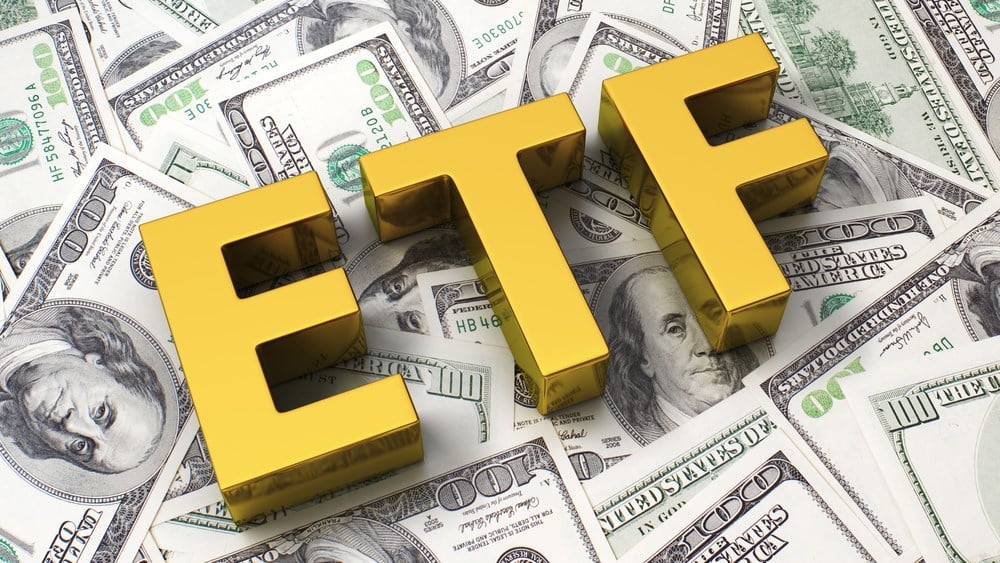
Benjamin Graham and David Dodd, Peter Lynch and Warren Buffett, legends of the value investing style, have set a foundation for millions of institutional and private investment strategies.
Their core principle?
Identifying undervalued companies to create long-term wealth.
Is it possible to channel your own "Oracle of Omaha?"
Well, it's not easy. Buffett and others pour through financial statements, perform countless calculations and conduct grueling due diligence meetings. Investment firms with plenty of resources can replicate the approach. But private investors like you — especially those with careers in other industries — may have limited resources. That's where ETFs can swoop in.
The price-to-earnings (P/E) ratio is one of the most commonly used value measures. The challenge is that many stocks have low P/Es. Sifting through the weeds to determine which P/Es are depressed and which have overlooked bargains is difficult and time-consuming.
Some investors prefer to buy exchange-traded funds (ETFs) whose strategies align with their personal preferences (high dividend yield, debt-free balance sheet, etc.). As an individual stock has a P/E ratio, so do ETFs. A P/E ratio on an ETF is simply the weighted average P/E of the fund’s holdings.
Having a low P/E ratio is just the start for these unique value ETFs.
1. Invesco S&P MidCap Quality ETF (NYSEARCA: XMHQ)
The Invesco S&P MidCap Quality ETF (NYSEARCA: XMHQ) invests in a high-quality subset of the S&P 400 Index. Roughly one out of five stocks qualify for the fund based on superior fundamentals, defined by a trio of proprietary metrics. This results in a portfolio of about 80 stocks across nine economic sectors, with industrials accounting for one-third of the fund.
As of June 30, XMHQ had a P/E ratio of 12.5x. The P/E of the broader S&P 400 Index is around 16x. For a low 0.25% expense ratio, shareholders get exposure to 80 high-quality, low P/E domestic mid-cap companies like Builders FirstSource, Manhattan Associates and Reliance Steel & Aluminum. Through July 31, the ETF’s five-year annualized return was 12.7% versus 8.3% for the S&P 400.
2. Avantis U.S. Small Cap Value ETF (NYSEARCA: AVUV)
Part of the American Century Investments fund family, the Avantis U.S. Small Cap Value ETF (NYSEARCA: AVUV) invests in smaller U.S. companies with low valuations and high profitability ratios. The fund consists of over 700 stocks, providing extreme diversification at a low cost (the expense ratio is also 0.25%).
Financials, which may be a good place in a rising rate environment, comprise 27% of AVUV followed by consumer discretionary and energy names. Concentration risk is nonexistent, with all stocks having weightings below 1%.
The ETF’s 6.6x trailing P/E ratio is one of the lowest among U.S equity ETFs, and its 0.75x price-to-book (P/B) ratio is similarly low. The weighted average profits-to-book value is 0.37x, more than twice that of the Russell 2000 small-cap benchmark. Companies with above-average profits and below-average valuations have proven to be a winning combination. Through June 30, the fund’s 26.3% annualized three-year return crushed the Russell 2000’s 15.4% return.
3. Cambria Shareholder Yield ETF (BATS: SYLD)
Do you like quantitative investment strategies? You might find the Cambria Shareholder Yield ETF (BATS: SYLD) worth considering. The fund ranks U.S. stocks across the capitalization spectrum according to their cash distribution characteristics. This includes both dividend payouts and stock buybacks, two common marks of shareholder value. Following a screening layer for value and quality, only the top 100 make it into the actively managed ETF.
From there, the stocks are weighted by market capitalization, which currently puts Chevron, McKesson and Veritiv at the top of the heap. As of June 30, SYLD had a P/E ratio of just 6.9x, roughly one-third that of the S&P 500. The 0.59% expense ratio is a tad high. Still, given the capitalization and sector diversification, it is a price worth paying to gain access to a broad set of shareholder-friendly companies.
Use Tools to Your Advantage
As a private investor, you must be more efficient in developing your investment strategy. Research tools like MarketBeat’s stock screener, stock comparison and Idea Engine are great places to start. At the end of the day, you must find a manageable set of value metrics that best define your strategy.






